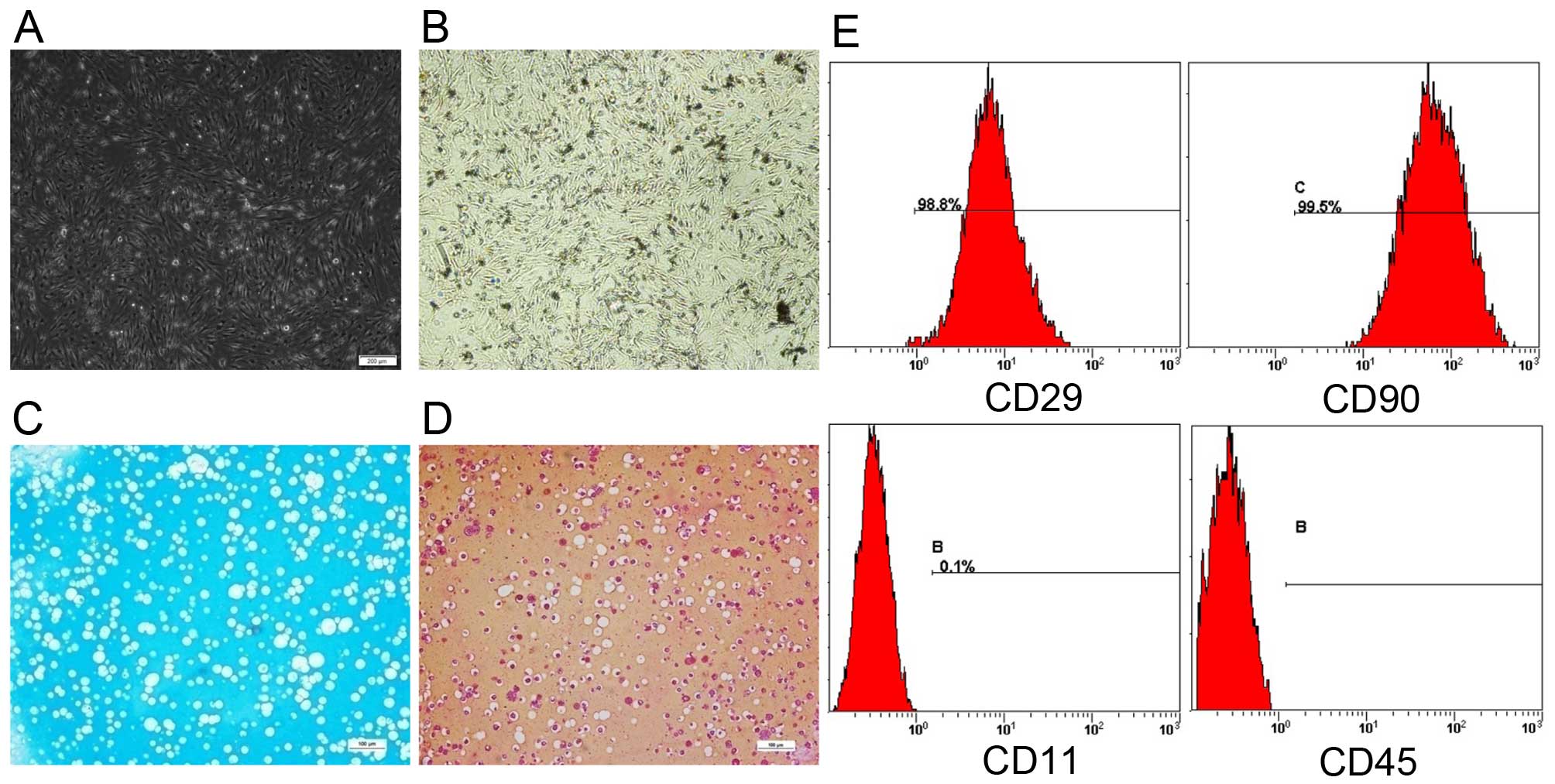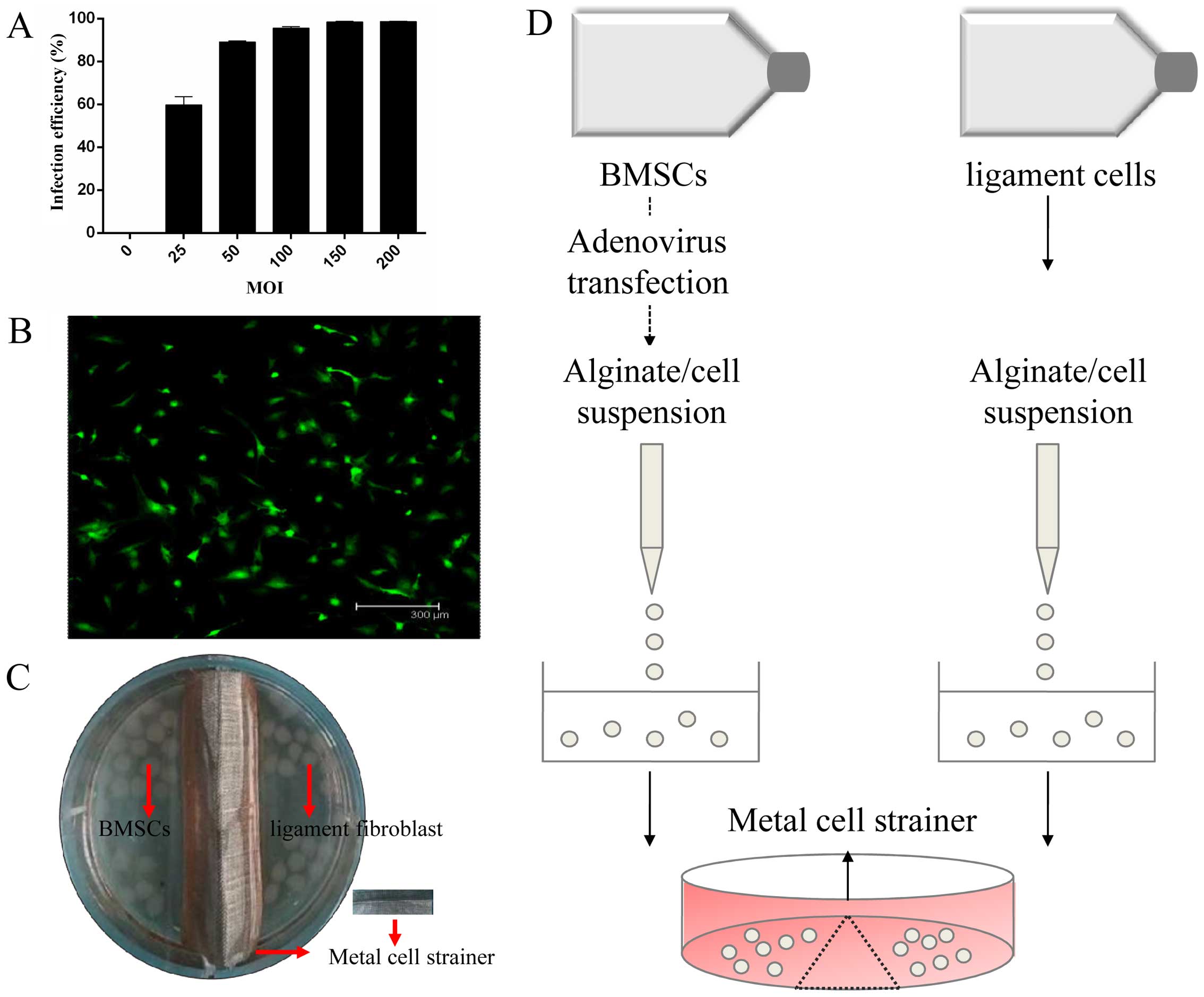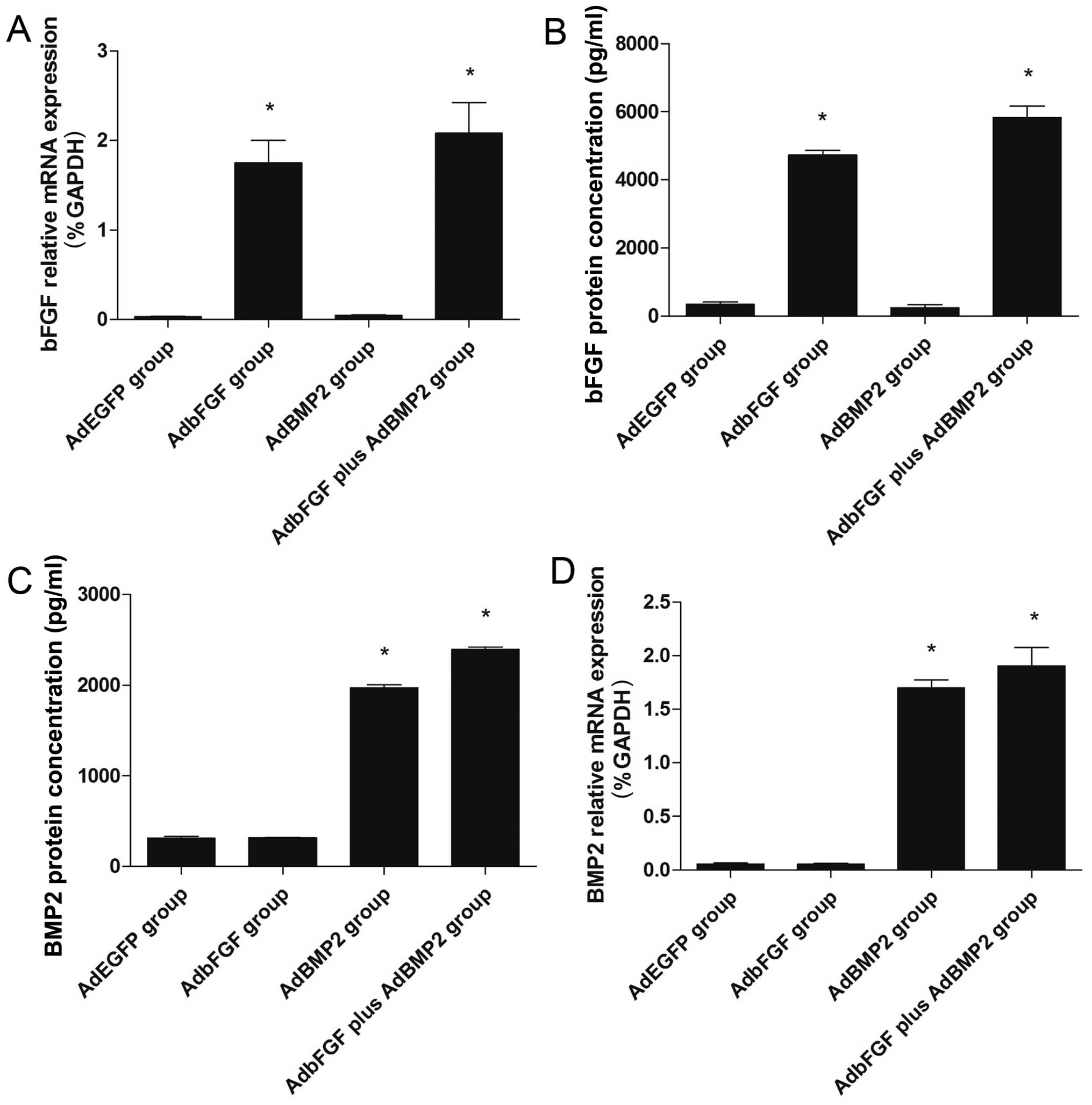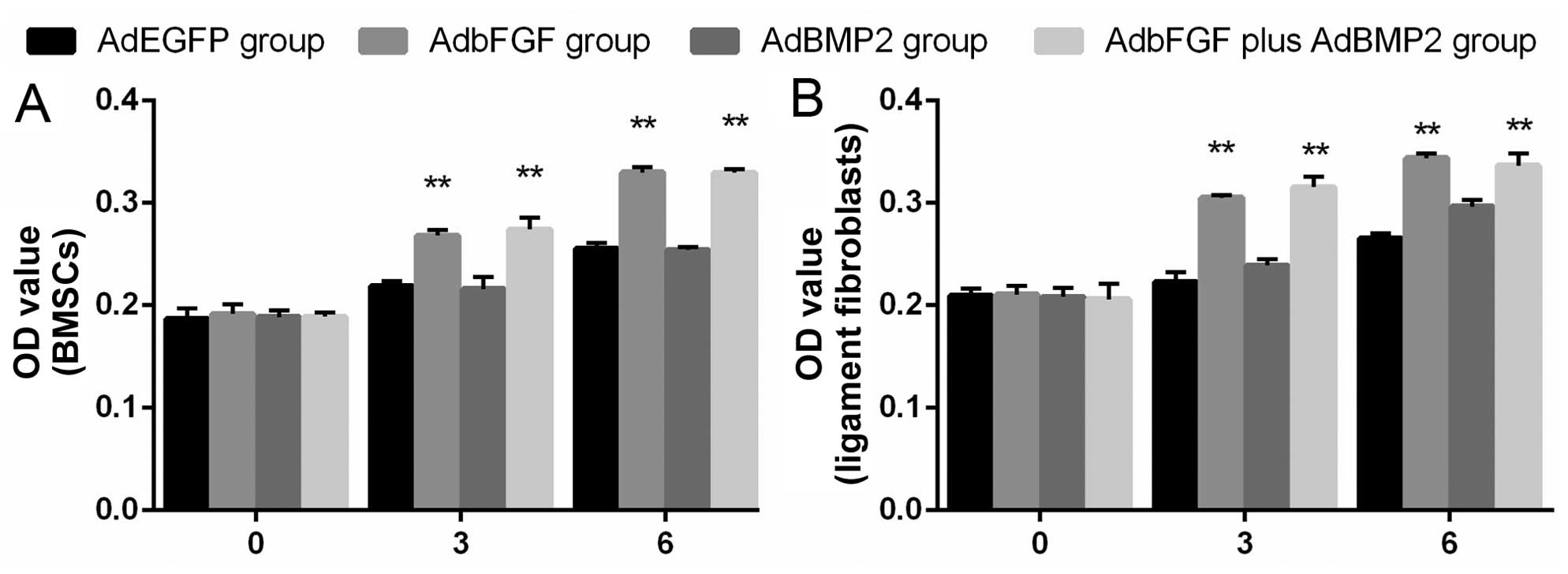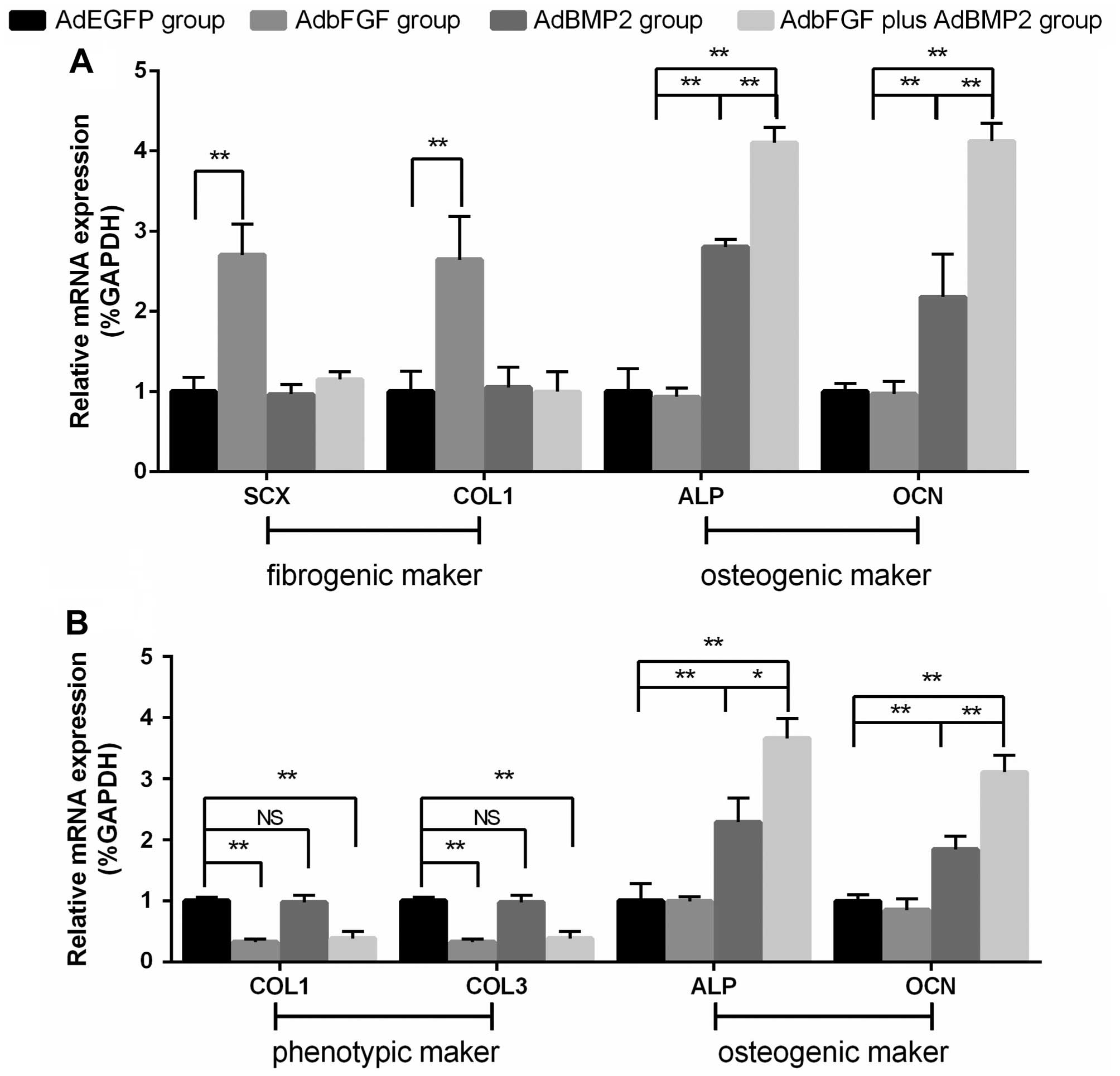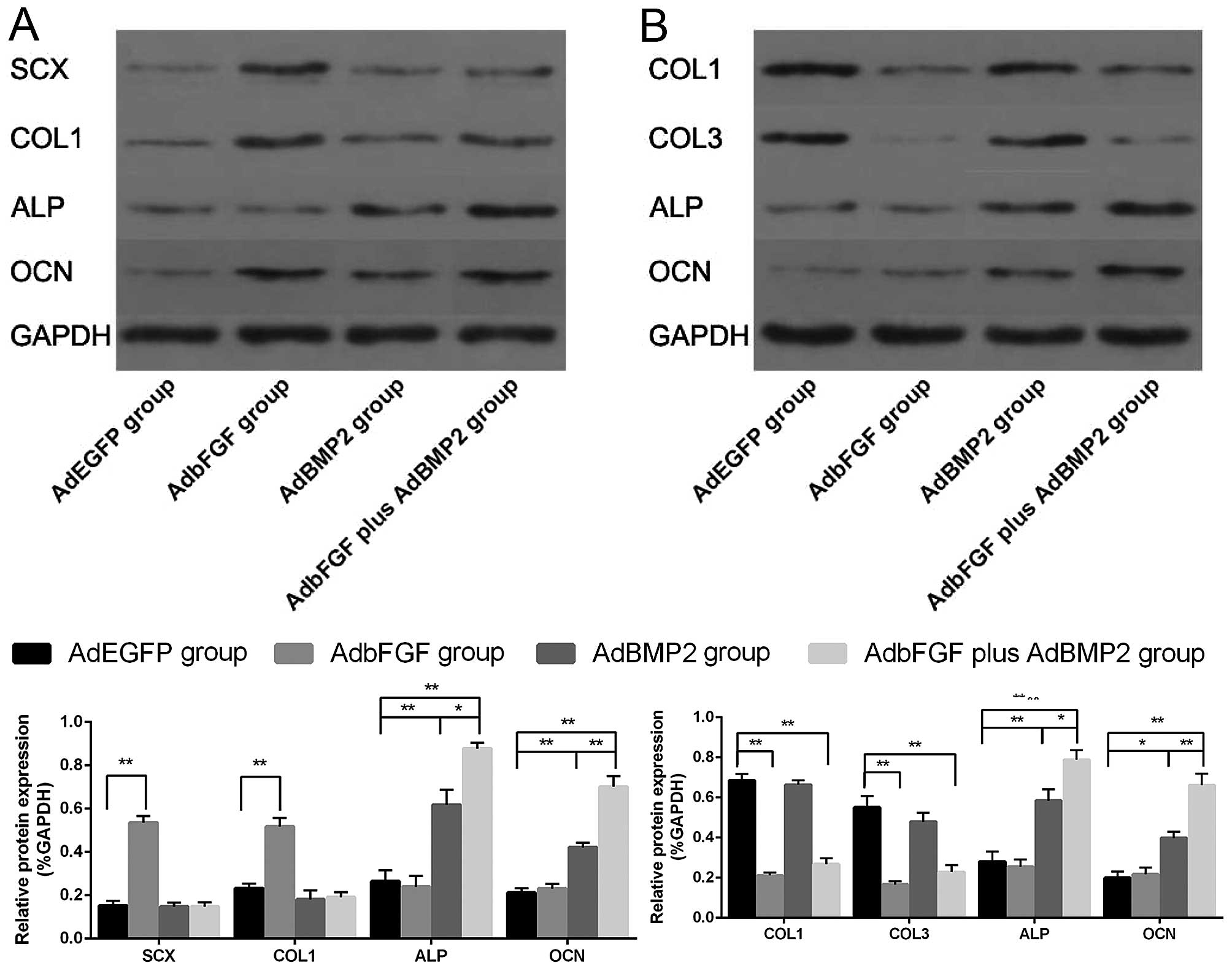|
1
|
Laurencin CT and Freeman JW: Ligament
tissue engineering: An evolutionary materials science approach.
Biomaterials. 26:7530–7536. 2005. View Article : Google Scholar : PubMed/NCBI
|
|
2
|
Wong MW, Qin L, Tai JK, Lee SK, Leung KS
and Chan KM: Engineered allogeneic chondrocyte pellet for
reconstruction of fibrocartilage zone at bone-tendon junction - a
preliminary histological observation. J Biomed Mater Res B Appl
Biomater. 70:362–367. 2004. View Article : Google Scholar : PubMed/NCBI
|
|
3
|
Zantop T, Petersen W, Sekiya JK, Musahl V
and Fu FH: Anterior cruciate ligament anatomy and function relating
to anatomical reconstruction. Knee Surg Sports Traumatol Arthrosc.
14:982–992. 2006. View Article : Google Scholar : PubMed/NCBI
|
|
4
|
Kurosaka M, Yoshiya S and Andrish JT: A
biomechanical comparison of different surgical techniques of graft
fixation in anterior cruciate ligament reconstruction. Am J Sports
Med. 15:225–229. 1987. View Article : Google Scholar : PubMed/NCBI
|
|
5
|
Rothrauff BB and Tuan RS: Cellular therapy
in bone-tendon interface regeneration. Organogenesis. 10:13–28.
2014. View Article : Google Scholar :
|
|
6
|
Atesok K, Fu FH, Wolf MR, Ochi M, Jazrawi
LM, Doral MN, Lubowitz JH and Rodeo SA: Augmentation of
tendon-to-bone healing. J Bone Joint Surg Am. 96:513–521. 2014.
View Article : Google Scholar : PubMed/NCBI
|
|
7
|
Li YG, Wei JN, Lu J, Wu XT and Teng GJ:
Labeling and tracing of bone marrow mesenchymal stem cells for
tendon-to-bone tunnel healing. Knee Surg Sports Traumatol Arthrosc.
19:2153–2158. 2011. View Article : Google Scholar : PubMed/NCBI
|
|
8
|
Ouyang HW, Goh JC and Lee EH: Use of bone
marrow stromal cells for tendon graft-to-bone healing: Histological
and immunohistochemical studies in a rabbit model. Am J Sports Med.
32:321–327. 2004. View Article : Google Scholar : PubMed/NCBI
|
|
9
|
Gulotta LV, Kovacevic D, Ehteshami JR,
Dagher E, Packer JD and Rodeo SA: Application of bone
marrow-derived mesenchymal stem cells in a rotator cuff repair
model. Am J Sports Med. 37:2126–2133. 2009. View Article : Google Scholar : PubMed/NCBI
|
|
10
|
Gulotta LV, Kovacevic D, Montgomery S,
Ehteshami JR, Packer JD and Rodeo SA: Stem cells genetically
modified with the developmental gene MT1-MMP improve regeneration
of the supraspinatus tendon-to-bone insertion site. Am J Sports
Med. 38:1429–1437. 2010. View Article : Google Scholar : PubMed/NCBI
|
|
11
|
Lim JK, Hui J, Li L, Thambyah A, Goh J and
Lee EH: Enhancement of tendon graft osteointegration using
mesenchymal stem cells in a rabbit model of anterior cruciate
ligament reconstruction. Arthroscopy. 20:899–910. 2004. View Article : Google Scholar : PubMed/NCBI
|
|
12
|
Kohno T, Ishibashi Y, Tsuda E, Kusumi T,
Tanaka M and Toh S: Immunohistochemical demonstration of growth
factors at the tendon-bone interface in anterior cruciate ligament
reconstruction using a rabbit model. J Orthop Sci. 12:67–73. 2007.
View Article : Google Scholar : PubMed/NCBI
|
|
13
|
Pauly S, Klatte F, Strobel C, Schmidmaier
G, Greiner S, Scheibel M and Wildemann B: BMP-2 and BMP-7 affect
human rotator cuff tendon cells in vitro. J Shoulder Elbow Surg.
21:464–473. 2012. View Article : Google Scholar
|
|
14
|
Wang CJ, Weng LH, Hsu SL, Sun YC, Yang YJ,
Chan YS and Yang YL: pCMV-BMP-2-transfected cell-mediated gene
therapy in anterior cruciate ligament reconstruction in rabbits.
Arthroscopy. 26:968–976. 2010. View Article : Google Scholar : PubMed/NCBI
|
|
15
|
Dong Y, Zhang Q, Li Y, Jiang J and Chen S:
Enhancement of tendon-bone healing for anterior cruciate ligament
(ACL) reconstruction using bone marrow-derived mesenchymal stem
cells infected with BMP-2. Int J Mol Sci. 13:13605–13620. 2012.
View Article : Google Scholar : PubMed/NCBI
|
|
16
|
Woad KJ, Hunter MG, Mann GE, Laird M,
Hammond AJ and Robinson RS: Fibroblast growth factor 2 is a key
determinant of vascular sprouting during bovine luteal
angiogenesis. Reproduction. 143:35–43. 2012. View Article : Google Scholar
|
|
17
|
Fei Y, Xiao L, Doetschman T, Coffin DJ and
Hurley MM: Fibroblast growth factor 2 stimulation of osteoblast
differentiation and bone formation is mediated by modulation of the
Wnt signaling pathway. J Biol Chem. 286:40575–40583. 2011.
View Article : Google Scholar : PubMed/NCBI
|
|
18
|
Tsurushima H, Marushima A, Suzuki K, Oyane
A, Sogo Y, Nakamura K, Matsumura A and Ito A: Enhanced bone
formation using hydroxyapatite ceramic coated with fibroblast
growth factor-2. Acta Biomater. 6:2751–2759. 2010. View Article : Google Scholar : PubMed/NCBI
|
|
19
|
Chen M, Song K, Rao N, Huang M, Huang Z
and Cao Y: Roles of exogenously regulated bFGF expression in
angiogenesis and bone regeneration in rat calvarial defects. Int J
Mol Med. 27:545–553. 2011.PubMed/NCBI
|
|
20
|
Chen B, Qin J, Wang H, Magdalou J and Chen
L: Effects of adenovirus-mediated bFGF, IL-1Ra and IGF-1 gene
transfer on human osteoarthritic chondrocytes and osteoarthritis in
rabbits. Exp Mol Med. 42:684–695. 2010. View Article : Google Scholar : PubMed/NCBI
|
|
21
|
Hillgenberg M, Hofmann C, Stadler H and
Löser P: High-efficiency system for the construction of adenovirus
vectors and its application to the generation of representative
adenovirus-based cDNA expression libraries. J Virol. 80:5435–5450.
2006. View Article : Google Scholar : PubMed/NCBI
|
|
22
|
Mi Z, Ghivizzani SC, Lechman ER, Jaffurs
D, Glorioso JC, Evans CH and Robbins PD: Adenovirus-mediated gene
transfer of insulin-like growth factor 1 stimulates proteoglycan
synthesis in rabbit joints. Arthritis Rheum. 43:2563–2570. 2000.
View Article : Google Scholar : PubMed/NCBI
|
|
23
|
Lin HT, Tsai HY, Liu CP and Yuan TT:
Comparability of bovine virus titers obtained by
TCID50/ml and FAID50/ml. J Virol Methods. 165:121–124.
2010. View Article : Google Scholar : PubMed/NCBI
|
|
24
|
Bae SE, Bhang SH, Kim BS and Park K:
Self-assembled extracellular macromolecular matrices and their
different osteogenic potential with preosteoblasts and rat bone
marrow mesenchymal stromal cells. Biomacromolecules. 13:2811–2820.
2012. View Article : Google Scholar : PubMed/NCBI
|
|
25
|
Deng Y, Li TQ, Yan YE, Magdalou J, Wang H
and Chen LB: Effect of nicotine on chondrogenic differentiation of
rat bone marrow mesenchymal stem cells in alginate bead culture.
Biomed Mater Eng. 22:81–87. 2012.PubMed/NCBI
|
|
26
|
Deng Y, Zhou H, Yan C, Wang Y, Xiao C, Gu
P and Fan X: In vitro osteogenic induction of bone marrow stromal
cells with encapsulated gene-modified bone marrow stromal cells and
in vivo implantation for orbital bone repair. Tissue Eng Part A.
20:2019–2029. 2014. View Article : Google Scholar : PubMed/NCBI
|
|
27
|
Venkatesan J, Bhatnagar I, Manivasagan P,
Kang KH and Kim SK: Alginate composites for bone tissue
engineering: A review. Int J Biol Macromol. 72:269–281. 2015.
View Article : Google Scholar
|
|
28
|
Lee KY and Mooney DJ: Alginate: Properties
and biomedical applications. Prog Polym Sci. 37:106–126. 2012.
View Article : Google Scholar
|
|
29
|
Qiu Y, Wang X, Zhang Y, Carr AJ, Zhu L,
Xia Z and Sabokbar A: In vitro two-dimensional and
three-dimensional tenocyte culture for tendon tissue engineering. J
Tissue Eng Regen Med. 10:E216–E226. 2016. View Article : Google Scholar
|
|
30
|
Moshaverinia A, Xu X, Chen C, Akiyama K,
Snead ML and Shi S: Dental mesenchymal stem cells encapsulated in
an alginate hydrogel co-delivery microencapsulation system for
cartilage regeneration. Acta Biomater. 9:9343–9350. 2013.
View Article : Google Scholar : PubMed/NCBI
|
|
31
|
Caliari SR and Harley BA: Composite growth
factor supplementation strategies to enhance tenocyte bioactivity
in aligned collagen-GAG scaffolds. Tissue Eng Part A. 19:1100–1112.
2013. View Article : Google Scholar :
|
|
32
|
Caliari SR, Weisgerber DW, Ramirez MA,
Kelkhoff DO and Harley BA: The influence of
collagen-glycosaminoglycan scaffold relative density and
microstructural anisotropy on tenocyte bioactivity and
transcriptomic stability. J Mech Behav Biomed Mater. 11:27–40.
2012. View Article : Google Scholar : PubMed/NCBI
|
|
33
|
Cai TY, Zhu W, Chen XS, Zhou SY, Jia LS
and Sun YQ: Fibroblast growth factor 2 induces mesenchymal stem
cells to differentiate into tenocytes through the MAPK pathway. Mol
Med Rep. 8:1323–1328. 2013.PubMed/NCBI
|
|
34
|
Qiu Y, Wang X, Zhang Y, Carr AJ, Zhu L,
Xia Z and Sabokbar A: Development of a refined tenocyte expansion
culture technique for tendon tissue engineering. J Tissue Eng Regen
Med. 8:955–962. 2014. View Article : Google Scholar
|
|
35
|
Song X, Liu S, Qu X, Hu Y, Zhang X, Wang T
and Wei F: BMP2 and VEGF promote angiogenesis but retard terminal
differentiation of osteoblasts in bone regeneration by
up-regulating Id1. Acta Biochim Biophys Sin (Shanghai). 43:796–804.
2011. View Article : Google Scholar
|
|
36
|
Park SY, Kim KH, Shin SY, Koo KT, Lee YM
and Seol YJ: Dual delivery of rhPDGF-BB and bone marrow mesenchymal
stromal cells expressing the BMP2 gene enhance bone formation in a
critical-sized defect model. Tissue Eng Part A. 19:2495–2505. 2013.
View Article : Google Scholar : PubMed/NCBI
|
|
37
|
Murray SJ, Santangelo KS and Bertone AL:
Evaluation of early cellular influences of bone morphogenetic
proteins 12 and 2 on equine superficial digital flexor tenocytes
and bone marrow-derived mesenchymal stem cells in vitro. Am J Vet
Res. 71:103–114. 2010. View Article : Google Scholar : PubMed/NCBI
|
|
38
|
Salingcarnboriboon R, Yoshitake H, Tsuji
K, Obinata M, Amagasa T, Nifuji A and Noda M: Establishment of
tendon-derived cell lines exhibiting pluripotent mesenchymal stem
cell-like property. Exp Cell Res. 287:289–300. 2003. View Article : Google Scholar : PubMed/NCBI
|
|
39
|
Steinert AF, Kunz M, Prager P, Barthel T,
Jakob F, Nöth U, Murray MM, Evans CH and Porter RM: Mesenchymal
stem cell characteristics of human anterior cruciate ligament
outgrowth cells. Tissue Eng Part A. 17:1375–1388. 2011. View Article : Google Scholar : PubMed/NCBI
|
|
40
|
Hashimoto Y, Naka Y, Fukunaga K, Nakamura
H and Takaoka K: ACL reconstruction using bone-tendon-bone graft
engineered from the semitendinosus tendon by injection of
recombinant BMP-2 in a rabbit model. J Orthop Res. 29:1923–1930.
2011. View Article : Google Scholar : PubMed/NCBI
|
|
41
|
Martinek V, Latterman C, Usas A,
Abramowitch S, Woo SL, Fu FH and Huard J: Enhancement of
tendon-bone integration of anterior cruciate ligament grafts with
bone morphogenetic protein-2 gene transfer: A histological and
biomechanical study. J Bone Joint Surg Am. 84-A:1123–1131.
2002.PubMed/NCBI
|
|
42
|
Hou Y, Mao Z, Wei X, Lin L, Chen L, Wang
H, Fu X, Zhang J and Yu C: Effects of transforming growth
factor-beta1 and vascular endothelial growth factor 165 gene
transfer on Achilles tendon healing. Matrix Biol. 28:324–335. 2009.
View Article : Google Scholar : PubMed/NCBI
|
|
43
|
Wang L, Zou D, Zhang S, Zhao J, Pan K and
Huang Y: Repair of bone defects around dental implants with bone
morphogenetic protein/fibroblast growth factor-loaded porous
calcium phosphate cement: A pilot study in a canine model. Clin
Oral Implants Res. 22:173–181. 2011. View Article : Google Scholar
|



